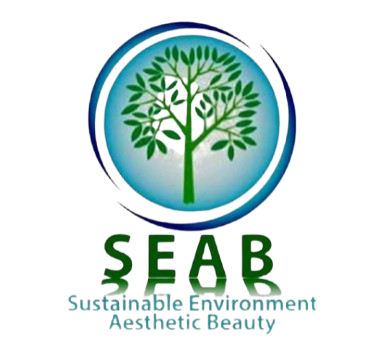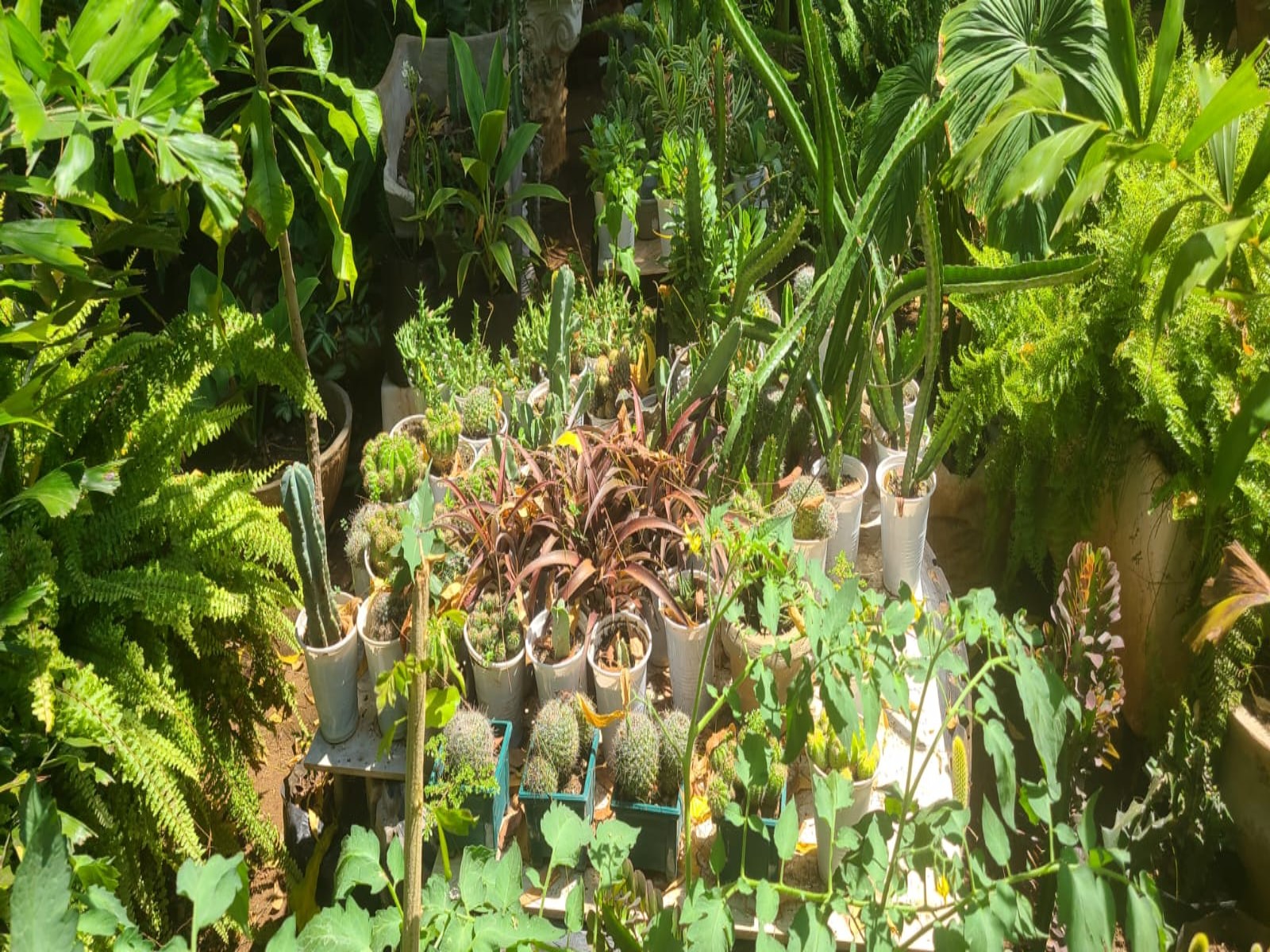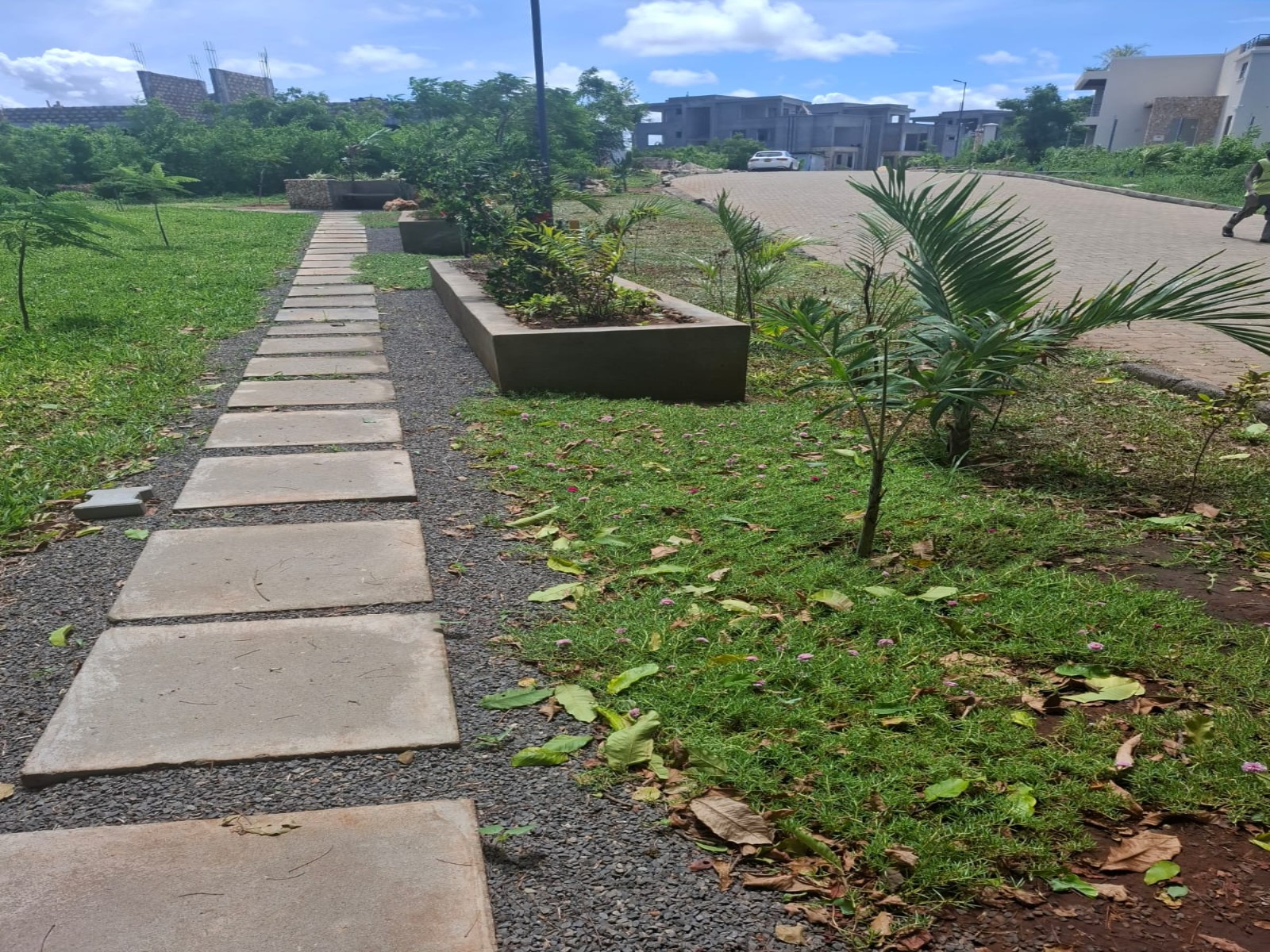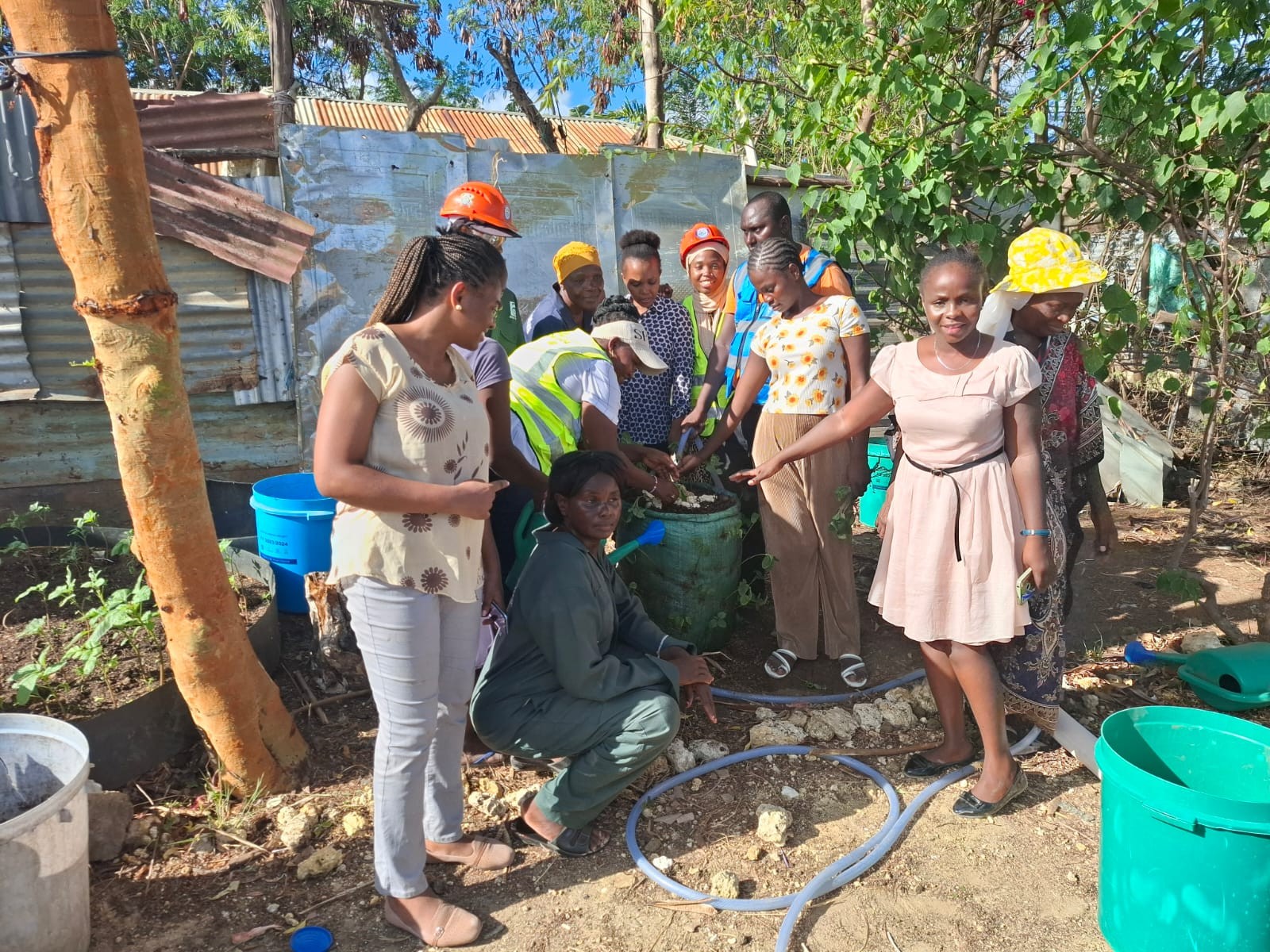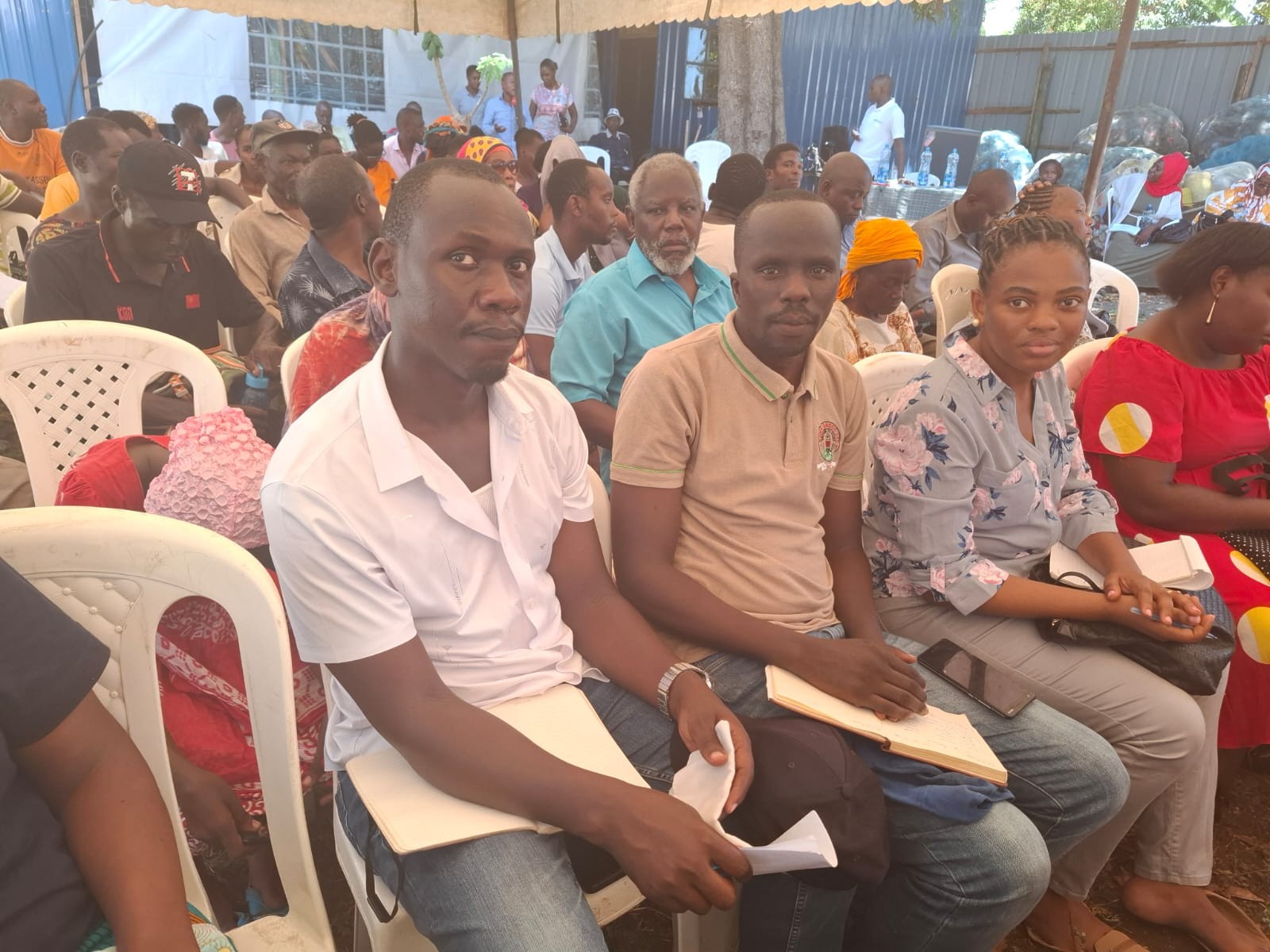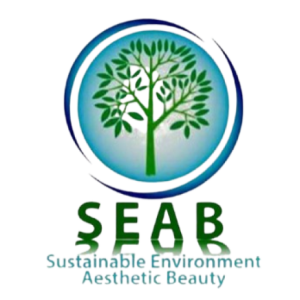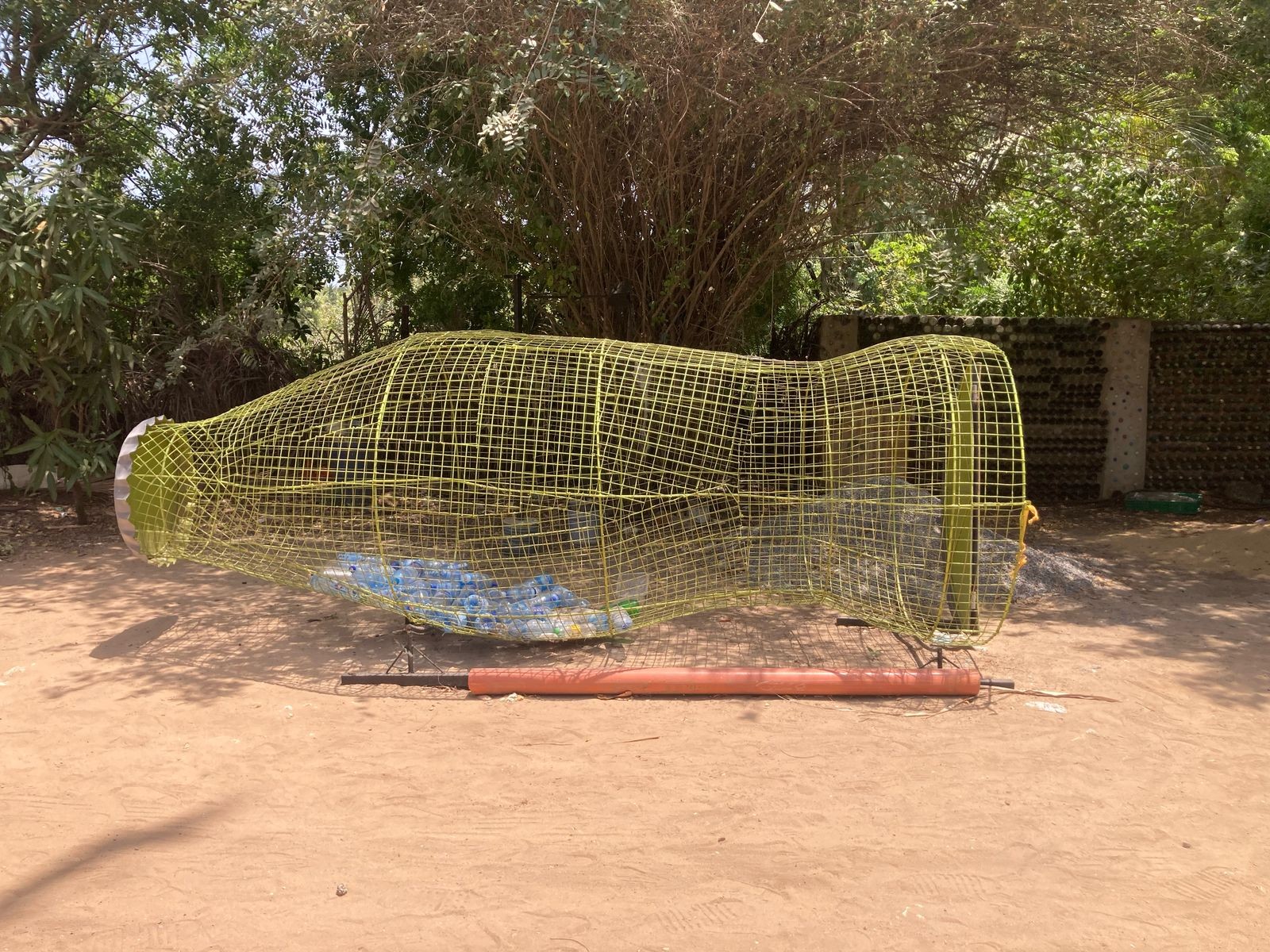
SEAB Comprehensive Waste Management Project Plan
Sustainable Environment Aesthetic Beauty (SEAB)
1. Project Overview: 5R’s Waste Management Initiative
Mission Alignment
This waste management initiative directly supports SEAB’s mission of creating a “sustainable environment that is aesthetically pleasing” by implementing the 5R principles (Refuse, Reduce, Reuse, Recycle, Rot) to minimize waste in landfills, reduce methane emissions, and create valuable end products.
Current Context
Mombasa County generates approximately 2,200 tonnes of waste daily:
- 65% is collected
- 40% is recovered
- 35% remains uncollected
This represents both an environmental challenge and an opportunity for SEAB to make a significant impact.
2. Detailed Implementation Plan
Phase 1: Assessment & Planning (Months 1-2)
- Waste Audit: Conduct a comprehensive audit of waste streams in target communities
- Site Selection: Identify and secure locations for:
- Collection points
- Processing facility for composting
- Bone meal production unit
- Product storage and distribution center
- Equipment Procurement: Source necessary machinery for waste processing
- Regulatory Compliance: Obtain required permits and ensure adherence to environmental standards
- Team Building: Recruit and train team members for various roles
Phase 2: Initial Implementation (Months 3-5)
- Collection System Setup:
- Establish community collection points
- Acquire or arrange transportation vehicles
- Implement waste separation guidelines
- Processing Facility Development:
- Set up composting systems for organic waste
- Install bone processing equipment
- Establish quality control procedures
- Initial Partnerships:
- Engage with restaurants, markets, and slaughterhouses as waste sources
- Develop relationships with potential product buyers (farmers, gardeners)
Phase 3: Full Operation & Scaling (Months 6-12)
- Expand Collection Network: Increase coverage area and collection frequency
- Optimize Processing: Refine production processes for higher efficiency and quality
- Develop Product Lines: Standardize and package products for consistent market delivery
- Establish Distribution Channels: Create reliable systems for product delivery to customers
3. Community Education & Engagement Strategy
Educational Materials Development
- Content Creation:
- Informational brochures on the 5R’s
- Visual guides for proper waste separation
- Case studies showing environmental and economic benefits
- Social media content for ongoing engagement
Community Outreach Programs
- School Programs:
- Interactive workshops for primary and secondary schools
- Student competition for waste reduction ideas
- School garden projects using SEAB compost
- Community Workshops:
- Practical demonstrations of home composting
- Training on proper waste separation
- DIY sessions for reusing common waste items
- Public Awareness Campaigns:
- Community clean-up events (building on previous success in Voi)
- Public demonstrations at markets and community centers
- Recognition program for participating households/businesses
Stakeholder Engagement
- Local Government Collaboration: Regular meetings with environmental departments
- Business Partnerships: Training for businesses on waste reduction and separation
- Media Engagement: Regular press releases and feature stories on project progress
4. Business Model & Financial Sustainability
Revenue Streams
- Product Sales:
- Packaged organic compost (various sizes)
- Specialized bone meal for livestock and plants
- Premium blended soil products for gardeners
- Service Fees:
- Commercial waste collection from restaurants and markets
- Subscription-based collection for residential areas
- Consulting services for businesses on waste reduction
- Partnerships & Grants:
- Continue engagement with partners like KEMFSED
- Apply for environmental grants from government and NGOs
- Corporate sponsorships for specific project components
Pricing Strategy
- Competitive Pricing: Position products 10-15% below chemical alternatives
- Tiered Pricing: Different price points for bulk buyers vs. small consumers
- Value-Added Packages: Premium options with specialized blends or delivery
Cost Management
- Operational Efficiency: Optimize collection routes and processing methods
- Volunteer Engagement: Utilize community volunteers for specific activities
- Resource Sharing: Partner with other organizations for shared equipment/facilities
5. Technical Processing Operations
Organic Waste Composting
- Collection Specifications: Guidelines for acceptable organic materials
- Processing Methods:
- Windrow composting for large volumes
- Vermicomposting for premium products
- Anaerobic digestion consideration for biogas potential
- Quality Control: Testing procedures for nutrient content and safety
- Packaging: Eco-friendly packaging solutions in various sizes
Bone Meal Production
- Collection Sources: Partnerships with butcheries and restaurants
- Processing Steps:
- Cleaning and sterilization protocols
- Drying and grinding procedures
- Fortification options for enhanced products
- Quality Assurance: Testing for calcium and phosphorus content
- Storage Requirements: Moisture control and contamination prevention
6. Partnership Development Strategy
Waste Source Partners
- Restaurants & Food Vendors: Regular collection of food waste
- Markets: Collection of unsold produce and organic waste
- Slaughterhouses & Butcheries: Collection of bones and organic waste
- Schools & Institutions: Collection of food waste from cafeterias
Distribution Partners
- Agricultural Supply Stores: Retail channels for compost and bone meal
- Farmer Cooperatives: Bulk sales opportunities
- Landscaping Companies: Specialized products for professional use
- Garden Centers: Retail partnerships for home gardeners
Strategic Allies
- Department of Environment and Natural Resources: Regulatory support and guidance
- Department of Agriculture, Livestock and Fisheries: Technical expertise and farmer connections
- Kenya Bureau of Standards (KEBS): Product certification
- Educational Institutions: Research partnerships and student involvement
7. Monitoring & Evaluation Framework
Key Performance Indicators
- Environmental Impact:
- Tonnes of waste diverted from landfills (monthly)
- Reduction in methane emissions (estimated quarterly)
- Area improvement visual assessments (quarterly)
- Production Metrics:
- Volume of compost produced (weekly)
- Quantity of bone meal produced (weekly)
- Product quality assessments (monthly)
- Business Performance:
- Revenue from product sales (monthly)
- Number of customers (monthly)
- Operational cost tracking (monthly)
- Community Engagement:
- Number of participants in educational programs (per event)
- Household participation rates (quarterly)
- Feedback surveys (quarterly)
Reporting System
- Monthly internal team reviews
- Quarterly reports for management committee
- Annual impact report for stakeholders and partners
- Regular updates through social media and community channels
8. Implementation Timeline
| Timeline | Key Activities |
|---|---|
| Month 1-2 | Assessment, planning, site selection, initial team formation |
| Month 3-4 | Collection system setup, initial partnership development |
| Month 5-6 | Processing facility development, educational material creation |
| Month 7-8 | Community education rollout, initial product development |
| Month 9-10 | Full production operation, marketing and sales development |
| Month 11-12 | Evaluation, optimization, and scaling plan development |
9. Resource Requirements
Human Resources
- Project Manager (1)
- Compost Processing Specialist (1)
- Collection Team Members (3-5)
- Community Education Officer (1)
- Marketing and Sales Coordinator (1)
- Part-time Administrative Support (1)
Physical Resources
- Collection vehicles (1-2)
- Composting equipment
- Bone processing machinery
- Storage facilities
- Packaging materials
- Educational materials
Financial Resources
- Initial setup costs: Equipment, facilities, vehicles
- Operational costs: Staff, maintenance, fuel, utilities
- Marketing and educational materials
- Reserve fund for contingencies
10. Risk Management & Sustainability
Potential Challenges
- Inconsistent waste supply
- Seasonal variations in organic waste
- Community resistance to separation practices
- Market competition from chemical fertilizers
- Regulatory changes
Mitigation Strategies
- Diversify waste sources
- Develop storage capabilities for excess materials
- Strong community education program
- Quality differentiation from chemical alternatives
- Active engagement with regulatory bodies
Long-term Sustainability
- Gradual transition to self-funding through product sales
- Development of value-added products over time
- Building community ownership through participation
- Training and capacity building for staff advancement
- Documentation of processes for replication
Prepared for Sustainable Environment Aesthetic Beauty (SEAB) Date: April 25, 2025
Waste management (5R’s)
Mauris id enim id purus ornare tincidunt. Aenean vel consequat risus. Proin viverra nisi at nisl imperdiet auctor. Donec ornare, est sed tincidunt placerat, sem mi suscipit mi, at varius enim sem at sem.
Category:Waste Management & Recycling
Client:Andrew Tye
Date:July - 14, 2016
Tags:Eco, Protection, Save Water
